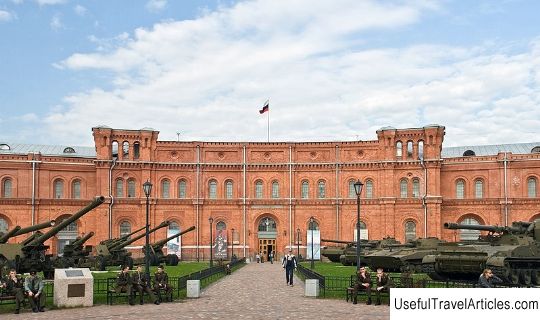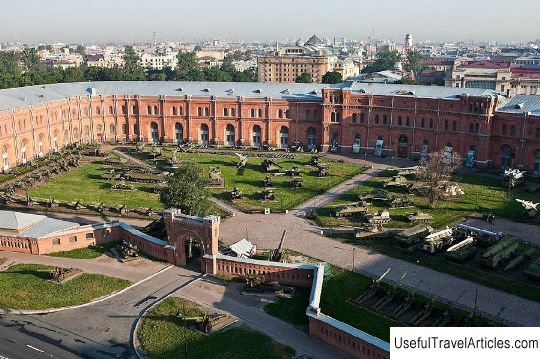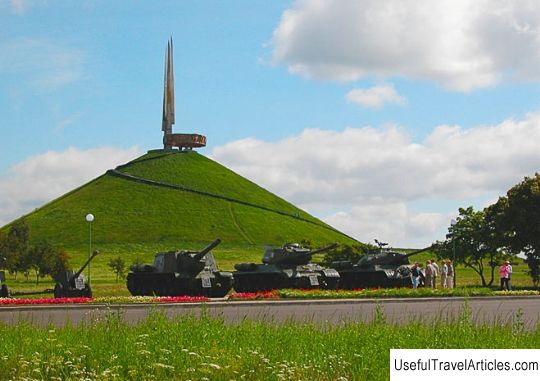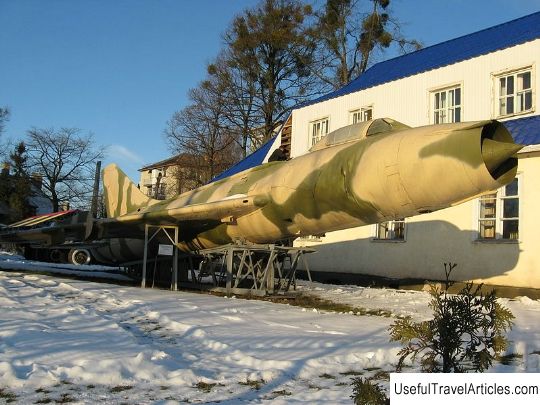Military-Historical Museum of Artillery, Engineering Troops and Signal Corps description and photos - Russia - St. Petersburg: St. Petersburg
Rating: 7,8/10 (293 votes) 
Military-Historical Museum of Artillery, Engineering Troops and Signal Corps description and photos - Russia - St. Petersburg: St. Petersburg. Detailed information about the attraction. Description, photos and a map showing the nearest significant objects. Photo and descriptionThe museum was founded by Peter the Great in 1703, initially it was a place for storing "memorable and curious" weapons (as it was written in the order of Peter I). A special decree ordered the delivery of the most unusual and valuable samples of artillery, and later other types of weapons, as well as ammunition, banners and uniforms. This instruction also extended to the trophies captured in the Peter the Great Wars. Empress Elizaveta Petrovna, by her decree, transformed Zeikhgauz into the Memorable Hall in 1756. The Liteiny Dvor was chosen as the location. The real life of the museum began when it was decided to exhibit military-historical collections. This event took place in 1868. The museum is located in Kronverk (the territory of the Peter and Paul Fortress). From German, this word is translated as "strengthening in the form of a crown." Initially, Kronverk served as one of the elements of the fortress's defensive system. It was erected for four years (1705-1708), later it was fortified and rebuilt several times. At the end of the 18th century, the building ceased to be of defensive significance. Such historical figures as Peter the Great, Count B.Kh. are associated with Kronverk. Minikh, Count P.I. Shuvalov, Prince L. of Hesse-Homburg, Mayon General A.P. Hannibal and others. In 1963, collections from the funds of the Central Historical Military Engineering Museum were added to the funds of the Artillery Historical Museum. Later, the Military Museum of Communications became part of the Artillery Museum. The name was also changed, the museum became known as VIMAIViVS (Military-Historical Museum of Artillery, Engineering Troops and Signal Corps). The museum exhibits collections of weapons from 54 countries of the world and Russia. The weapon is also represented by experimental samples; and personal weapons that belonged to the best generals and naval commanders; and the best production samples that made a great contribution to the victory. In addition to weapons, the display cases display uniforms of different types of troops, models of fortresses, military awards, models of fortifications from the times of Peter the Great to the present day; authentic archival documents related to weapons. The museum is decorated with paintings, graphics and sculptures on military subjects. Samples of technology arouse admiration and interest among visitors for their perfect lines. The historical armored car on which V.I. Lenin during his speech at the Finland Station, weapons and personal belongings of Napoleon; guns of Shuvalov and Nartov, which have no analogues in the world, cannot leave anyone indifferent. One of the central places in the museum is the exposition `` Kalashnikov - Man, Weapon, Legend '', which has become permanent, dedicated to Mikhail Timofeevich Kalashnikov, the creator of a whole complex of automatic small arms. A weapon that still has no analogues. In 2006, the museum opened a new section of the exposition dedicated to the military affairs of the Middle Ages, Renaissance and Modern times, which contains samples of weapons from Western European countries 15-17 centuries. The courtyard of the Kronwerk, in which the external exposition is located, was “decorated” with a new exhibit in 2008 - the Topol (RS-12M) intercontinental strategic missile system. The abundance of equipment and weapons of the past allowed the territory of the museum to become a venue for festivals of military-historical reconstructions and demonstration performances, which are held by representatives of the Silhouette Club. The members of this club do not allow such a rare art as historical fencing to be forgotten, the techniques of which may be lost. Archaeological excavations are being organized in the vicinity of the museum, during which mass graves were found, where the builders and defenders of St. Petersburg were buried. In addition, the findings indicate that the history of these places began much earlier, even before the arrival of the Swedes on the shores of the Baltic. Now the Museum is located at 7 Aleksandrovsky Park.          We also recommend reading Cathedral of Toledo (La catedral de Santa Maria de Toledo) description and photos - Spain: Toledo Topic: Military-Historical Museum of Artillery, Engineering Troops and Signal Corps description and photos - Russia - St. Petersburg: St. Petersburg. |




